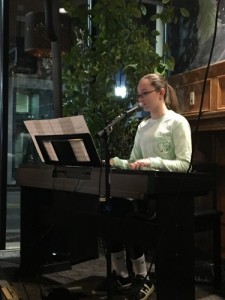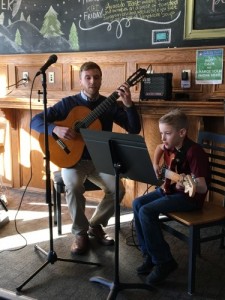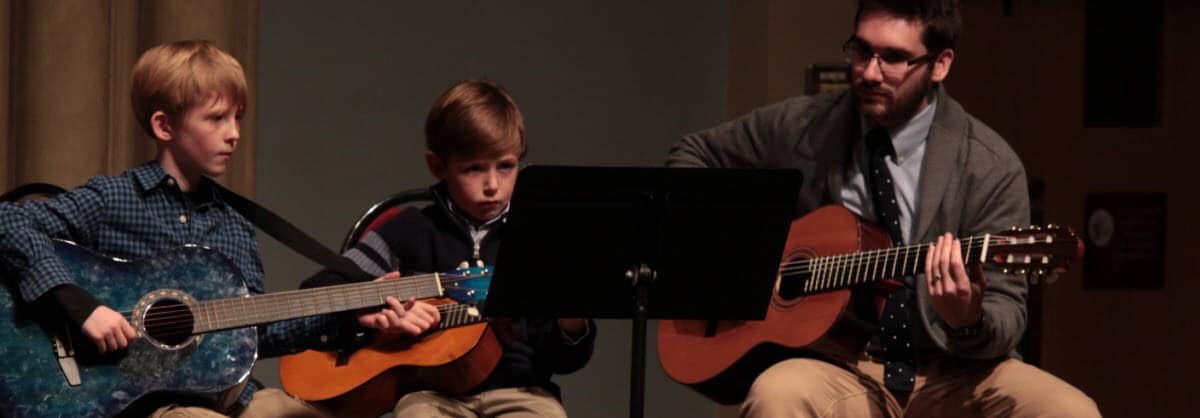by Laura Mason, Music Artistry Instructor with Kathy’s Music
A student’s repertoire, or collection of pieces they are playing, is basically their musical diet. Like any good diet it needs to be balanced and varied as well as address the current learning needs of the student. However, in a musical diet, dessert is very important. That is to say, those pieces that a student wants to play and requests to play are an essential part of their repertoire. So why is learning the theme from Star Wars or music from a popular video game important? Here are a few reasons:
Personal Connection: We innately desire to connect to the music we’re making. Of course, it is more than possible to connect with pieces that are assigned for more practical reasons. Some of the pieces I’ve felt most connected to are considered staples of the piano and vocal repertoires. However, often times it easier to connect to a piece with which we already have an association. This is especially true for younger students who are in the earliest stages of growing their musical perspective. Feeding that desire for personal connection with one’s repertoire early and often serves as a reminder of why we play (and practice). It can also act as a sort of window through which students see how to connect to other pieces in their repertoire.

Active Listening: Perhaps the most elusive of all practice techniques, a dessert piece can be the perfect place to encourage active listening. Active listening is the key to playing musically; it’s needed to find and keep tempo, execute dynamics gracefully, and attune to the finer points of articulation. For example, it is one thing to see a crescendo on a page and respond with increasing pressure on the keys or breath flow through the horn. Doing so in a way that is not jarring and makes sense within the context of the piece requires listening and attending to the sound we are producing. When we play desired pieces we are actively listening for the piece to sound as we expect it to sound. We are listening for the tempo to match what we want and know and the crescendo to fluidly accompany the soundtrack we have in our head. Does this mean all of a sudden a student will have the muscle control to play a perfect crescendo? No, but now they will be attentive to it and can work towards that muscle control, which brings me to the next reason for playing musical dessert.
Practice Motivation: It is predictable that when we are learning pieces we want to learn we will practice them. This can be a powerful tool at anytime, but 
I know personally that many of the techniques I have worked on in pieces that may seem off the beaten path of musical repertoire have made me a better musician and improved the playing of my entire repertoire. In fact, I think I will go work on my endurance when playing octaves in my left hand. I’ll need it for when I play a theme from one of my family’s favorite video games.
Laura Mason is a Piano and Voice teacher with Kathy’s Music. She is a guest blogger for our school and also teaches Studio Singers, Kindermusik, and Musical Theatre Camp.


Leave a Reply